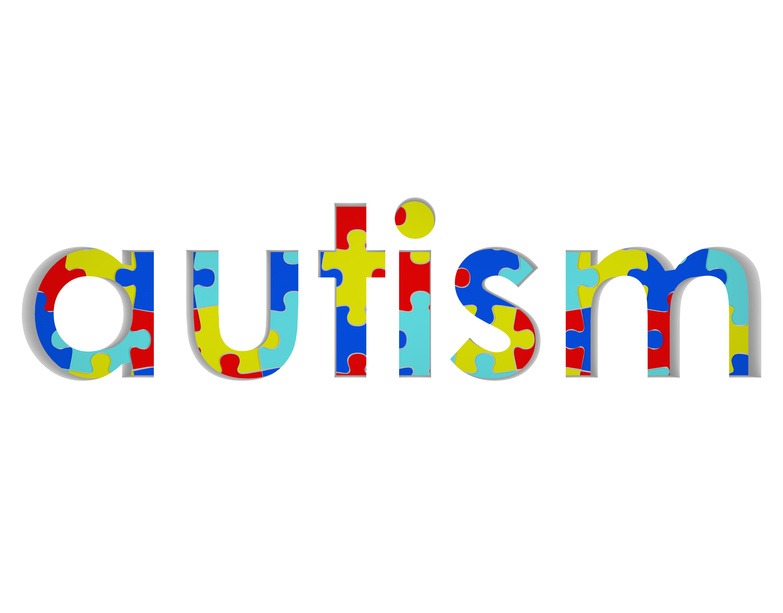In the United States, children with special needs, such as autism spectrum disorders, are becoming more and more common. Currently, one in 50 school children are diagnosed on the autism spectrum.
As parents, we know that comes with a set of great responsibilities. Working with learning disabilities means finding special education programs that are unique to and cater to your child’s every educational need, which can be difficult to find. Additionally, it’s important as a parent of children with autism spectrum disorders and learning disabilities get the help at home they need.
Many parents recognize their child’s differences from an early age. However, it isn’t always easy to tell. Learning the signs of autism spectrum disorders and other disabilities will provide better help for children with learning disabilities in the long run.
What are the signs of autism?
Typically speaking, an official diagnosis of autism requires the appearance of symptoms before the child reaches the age of three. Autism is a neural disorder that affects the way a person communicates with others and reacts to stimuli.
There are a few “red flags” that may indicate that your child is at risk of having an autism spectrum disorder:
- No smiling, warm, or joyful expressions by six months
- No sharing on noises, smiles, or other kinds of facial expressions by nine months.
- By 12 months, the child has yet to babble
- No reciprocal gestures exhibited by 12 months, such as pointing, showing, or waving
My child has exhibited one or more of these symptoms. What now?
If your child has exhibited any of these symptoms, do not hesitate to contact your child’s primary care pediatrician for further consultation. From there, your child can get a proper diagnosis and the appropriate next steps can be taken.
If your child is diagnosed with some form of autism, there will come a time when you will have to determine what kind of education you want for your child. Whether you choose a special education school or a program within a public school, it is necessary to obtain an IEP first in order to outline the child’s educational needs.
You child with autism can have a happy, wonderful life and a bright future. As a parent, the best thing you can do is be diligent and to provide them with the best education possible.
